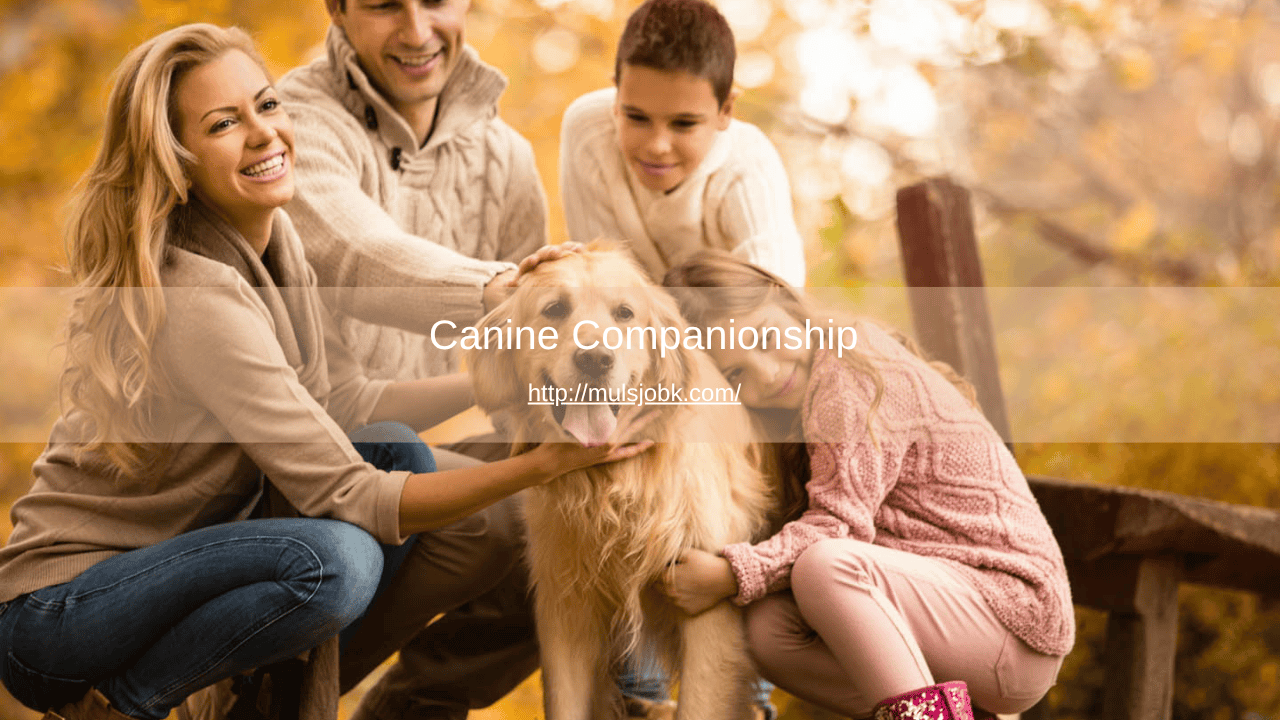
Recovering from addiction or navigating the challenges of mental health can feel overwhelming. It is a journey that requires strength, support, and the right tools for healing. While professional treatment, therapy, and medical care are essential, many people find an unexpected source of comfort and stability in an emotional support dog. These loyal companions can play a powerful role in mental health recovery, helping individuals rebuild their lives with structure, connection, and unconditional love.
The Healing Power of Canine Companionship
Dogs have an extraordinary ability to sense human emotions. They offer comfort during moments of anxiety, sadness, or stress without judgment or expectation. For someone in recovery, this nonjudgmental presence can be profoundly reassuring. Emotional support dogs provide companionship that alleviates feelings of loneliness and isolation, which are common triggers for relapse or worsening mental health symptoms.
Building Routine and Responsibility
One of the most important aspects of recovery is establishing healthy routines. Addiction and mental health struggles can disrupt daily structure, leaving individuals feeling unmotivated or overwhelmed. Caring for a dog requires consistency: feeding schedules, daily walks, grooming, and playtime. These simple yet meaningful responsibilities create a sense of purpose and accountability, both of which are vital in sustaining long-term recovery.
Reducing Stress and Supporting Emotional Regulation
Scientific studies show that interacting with a dog can reduce cortisol, the stress hormone, while increasing oxytocin, the hormone associated with trust and bonding. This chemical shift in the body promotes calmness and emotional stability. For those managing anxiety, depression, or trauma, this natural stress relief can make difficult days easier to navigate.
Encouraging Social Interaction
Many people in recovery struggle to reconnect socially, whether due to stigma, damaged relationships, or lingering anxiety. Walking a dog often leads to conversations with neighbors, visits to dog parks, and participation in community events. These casual interactions help individuals practice social skills and rebuild confidence in a low-pressure environment.
A Holistic Approach to Healing
Emotional support dogs fit naturally into a holistic approach to recovery. Just as faith-based guidance, therapy, and medical treatment address different aspects of healing, the companionship of a dog nurtures the emotional and relational side of recovery. At facilities that offer individualized care, this type of support can be integrated into a broader treatment plan, ensuring the whole person is cared for—body, mind, and spirit.
Is an Emotional Support Dog Right for You?
While the benefits are clear, owning a dog is a commitment. It is important to ensure that the timing, living environment, and personal readiness align with the responsibility of pet ownership. For those ready to take this step, the rewards can be life-changing.
Taking the Next Step Toward Recovery
If you or someone you love is facing addiction or mental health challenges, remember that healing is possible with the right support system. Whether through therapy, holistic care, or the comfort of an emotional support dog, every step forward is progress. Reach out to a professional treatment center today to learn how compassionate, personalized care can help you or your loved one find hope, stability, and lasting recovery.
 Addiction often strips individuals of purpose, connection, and self-worth. Recovery is not just about abstaining from substances — it’s about rebuilding a meaningful life from the ground up. For many, that rebuilding process is profoundly supported by one unlikely but loyal ally: a dog. The presence of a dog can offer more than companionship — it can bring structure, emotional stability, and a renewed sense of purpose to someone healing from addiction.
Addiction often strips individuals of purpose, connection, and self-worth. Recovery is not just about abstaining from substances — it’s about rebuilding a meaningful life from the ground up. For many, that rebuilding process is profoundly supported by one unlikely but loyal ally: a dog. The presence of a dog can offer more than companionship — it can bring structure, emotional stability, and a renewed sense of purpose to someone healing from addiction. Being emotionally open is often seen as a beautiful quality. People who wear their heart on their sleeve live honestly, speak from the soul, and aren’t afraid to show love, gratitude, or even sadness. They offer the world raw and real emotion, breaking down walls that many keep firmly in place. But this openness, while courageous, can also come with a heavy mental toll. When emotional transparency isn’t met with understanding, support, or care, it can lead to deeper hurt, anxiety, and burnout.
Being emotionally open is often seen as a beautiful quality. People who wear their heart on their sleeve live honestly, speak from the soul, and aren’t afraid to show love, gratitude, or even sadness. They offer the world raw and real emotion, breaking down walls that many keep firmly in place. But this openness, while courageous, can also come with a heavy mental toll. When emotional transparency isn’t met with understanding, support, or care, it can lead to deeper hurt, anxiety, and burnout.




